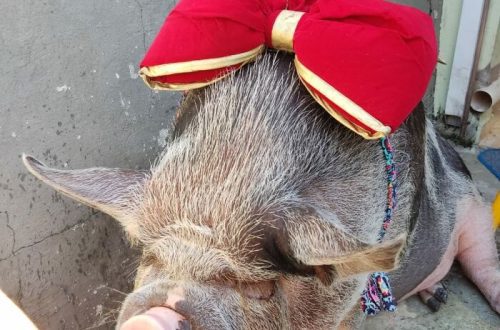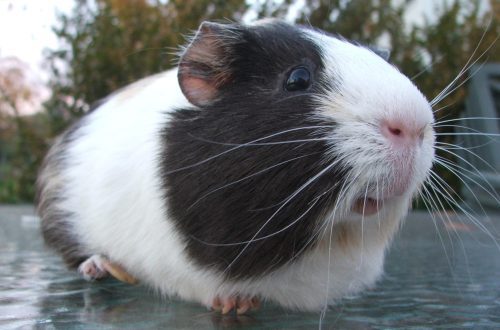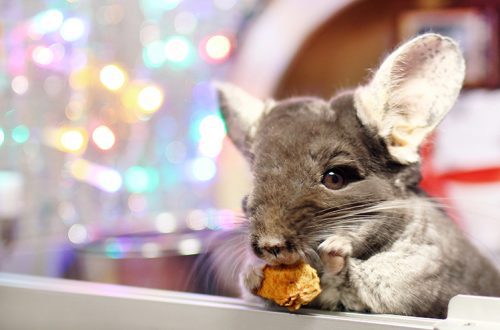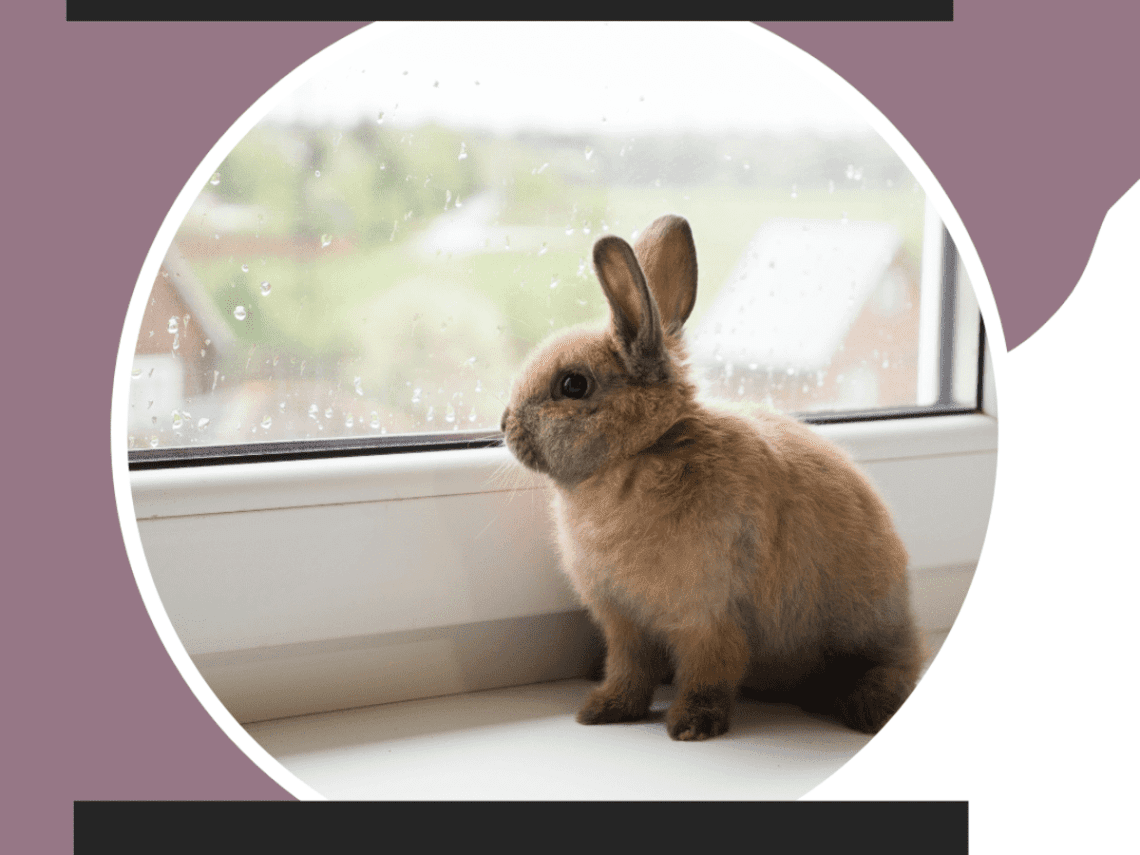
Shedding in rabbits and rodents
Rabbits, guinea pigs, degus, hamsters, rats and mice are wonderful pets, whose habits are very interesting to observe. Today, more and more people around the world are getting these adorable little animals, because they do not require as much attention as cats and dogs. However, despite the unpretentiousness, any, even the smallest pet needs careful care. For example, did you know that a decorative rabbit suffers from molting just as much as a bobtail? Surprised? Let’s talk about this in more detail.
All pets, with the exception of hairless varieties, molt from time to time. Molting is a natural process that does not depend on the size of the animal. But if it is impossible not to notice the fallen hair of a fluffy cat, then the molting of a rodent living in a cage may not attract attention. However, this does not mean that it does not exist and that it does not need to be fought. And in this case, we are talking not only about the health and beauty of the coat.
The main problem is that a large number of fallen hairs enter the gastrointestinal tract. Decorative rabbits, mice and rats, hamsters, guinea pigs, degus are neat animals that often lick their coats. And if at normal times the gastrointestinal tract easily copes with the removal of a small amount of wool, then during the molting period there are too many hairs and the body can no longer remove them. The abundance of hairs forms hairballs (bezoars) in the intestines, which lead to intestinal obstruction, tissue necrosis and, if no action is taken, the death of the animal. That is why shedding must be fought. How to do it?
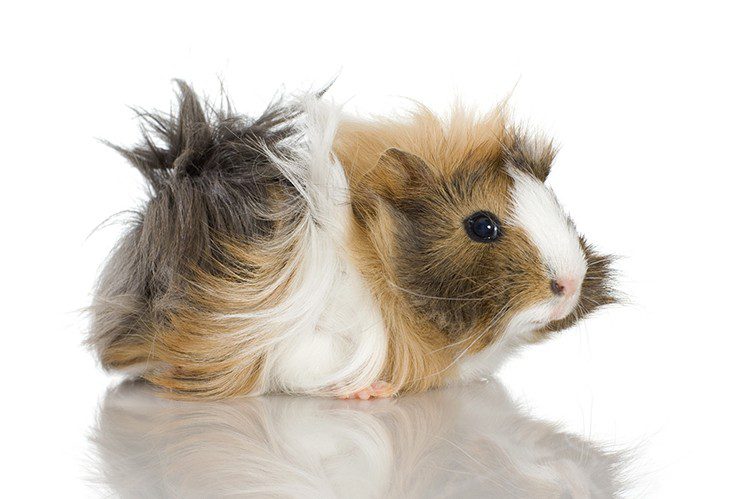
There are two simple but mandatory rules for the molting period: maintain hygiene in the cage and comb the animal. Always monitor the condition of the cage and make sure that the fallen hair does not get into your pet’s food or drink. As for combing, this is the main weapon in the fight against molting. By combing, you remove dead hairs that would otherwise be swallowed by the animal. However, the quality of combing largely depends on the selected tool. For example, a comb may not bring much effect, while the FURminator anti-shedding tool will reduce shedding by 90% (due to its design, this tool pulls out dead hairs from deep undercoat). When grooming, you will quickly decide which tool will be more convenient and effective, this is a matter of practice.
On average, for the prevention of bezoar disease and for maintaining the health of the coat of pets, it is enough to comb out 1-2 times a week.
And finally, I would like to raise one more question: how often do rodents molt? Under natural habitats, rodents and rabbits shed the same way as cats and dogs: 2 times a year, in spring and autumn. But at home, our pets are affected by completely different factors than in the wild, and molting can be chaotic. Some pets manage to shed year-round, which means they need even more caring care.
Be attentive to your little household and take care of their health so that communication with them will please you for a long time.



